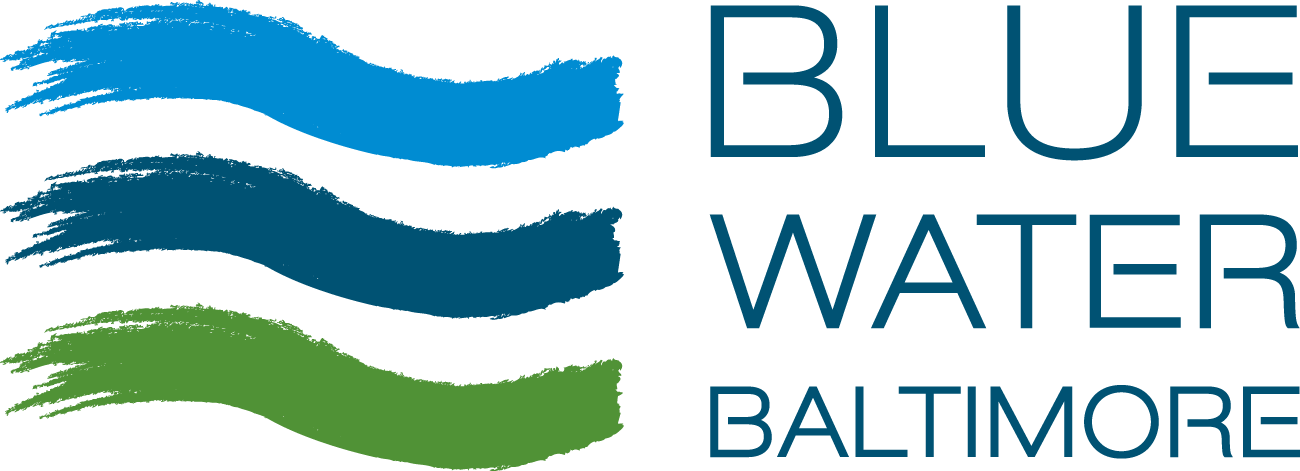Water Clarity
What is Water Clarity?
Water Clarity is the measurement of how much sunlight can penetrate through the water. Water Clarity is measured as a distance in decimeter units (dm) from the water’s surface to the depth where sunlight can no longer penetrate the water. Water Clarity is diminished when solid particles like dirt and algae are suspended in the water column and absorb or reflect sunlight.
Why is Water Clarity important?
High water clarity is important for the survival of aquatic plants and animals. High water clarity allow sunlight to reach aquatic plants, enabling critical fish-habitat forming plants like bay grasses to photosynthesize. High water clarity also indicate low levels of suspended solid particles including algae, sediment (silt and clay), and other pollutants. Particles that may otherwise interfere with the ability of aquatic animals to respire (breathe) and locate crucial food and habitat.
How do we measure Water Clarity?
Tidal Water Clarity is measured using an instrument called a Secchi Disk. The black-and-white colored weighted disk is attached to a graduated line and lowered into the water until the point where the disk is no longer visible. The disk is raised and lowered several times to ‘zero in’ on the depth where the disk becomes invisible and visible. The midpoint of these two depths is recorded as the Secchi depth. If the Secchi disk is still visible on the bottom, the Secchi depth is recorded as the water depth and noted. We assess Water Clarity data using a numeric pass/fail threshold of ≥1.6 dm which was established by the Mid-Atlantic Tributary Assessment Coalition (MTAC) Sampling and data analysis protocols for Mid-Atlantic tidal tributary indictors.
